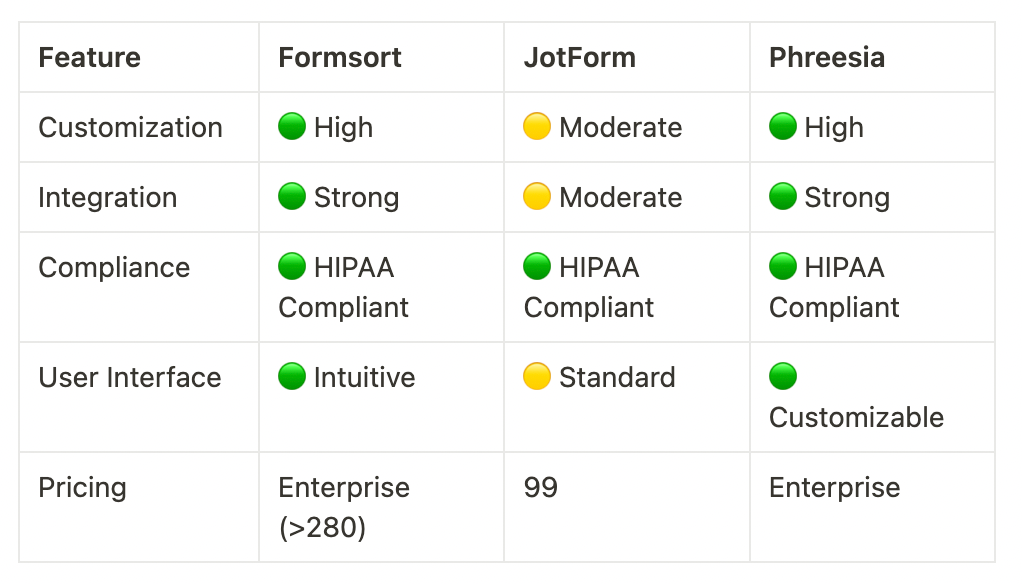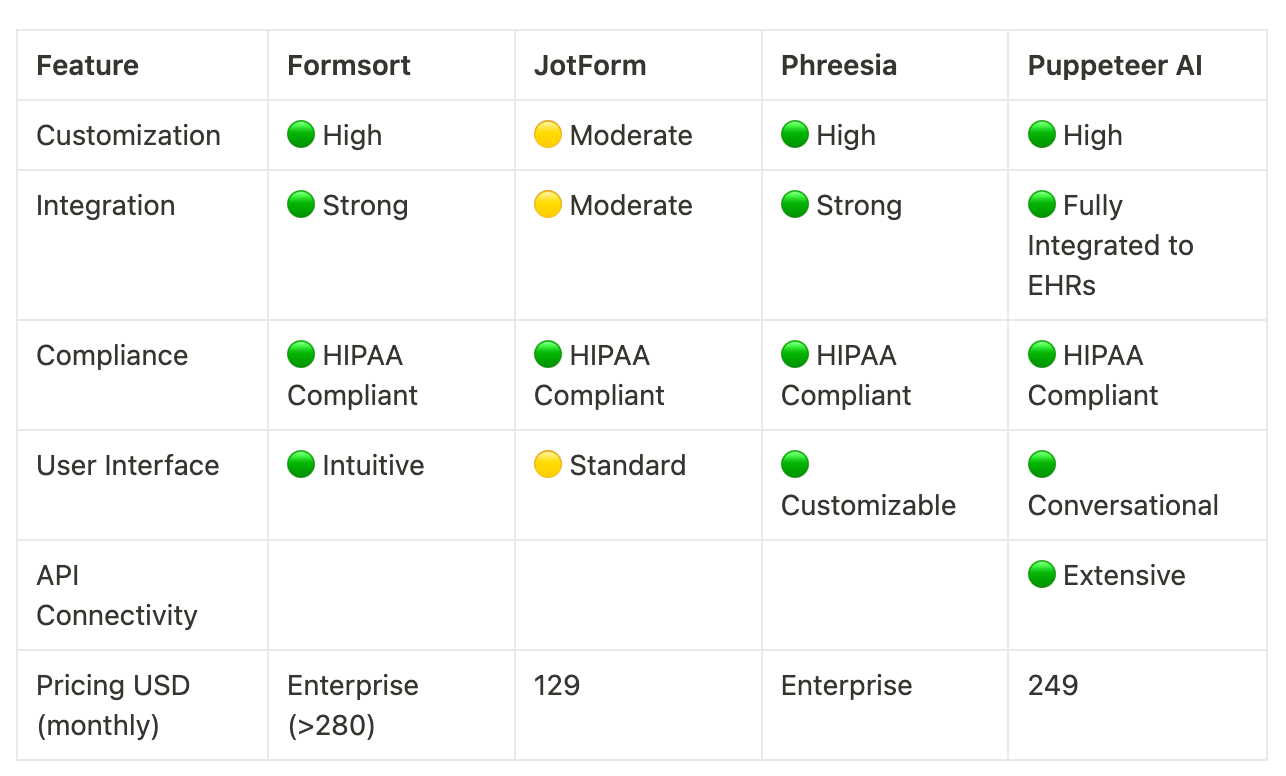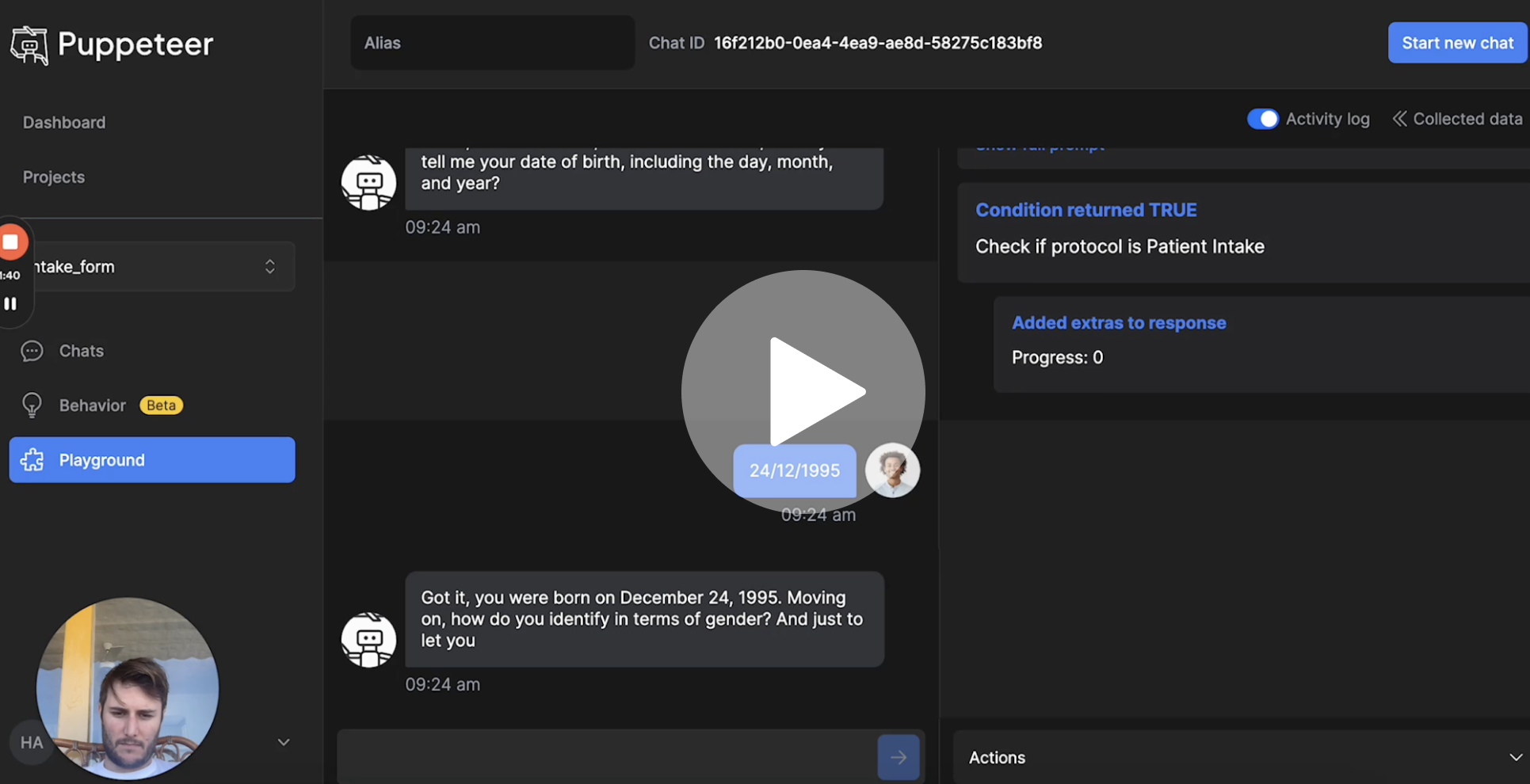Tackling Human Error in Patient Intake
In healthcare, accurate patient data collection is crucial, yet errors, particularly during the patient intake process, can jeopardize patient care. Research from the Journal of Clinical Nursing reveals that nearly 25% of nursing errors are linked to inaccuracies during initial patient information gathering. Digital solutions offer a promising path to minimizing these errors, thus enhancing both the efficiency of data collection and overall patient outcomes.
What is Patient Intake?
Patient intake forms are the initial step in compiling a patient's medical history, symptoms, and treatment plans, playing a critical role in healthcare delivery. However, the effectiveness of digital patient intake solutions is often hampered by usability and data completeness issues, underscoring the need for more refined systems.
Current State of Digital Intake Forms
Platforms like Formsort, JotForm, and Phreesia have transformed how healthcare providers manage patient intake, significantly improving customization, integration, and compliance with healthcare regulations. The following table outlines the capabilities of these platforms, emphasizing their contribution to healthcare efficiencies:

Persistent Challenges in Digital Patient Intake
Despite advancements, several issues persist within digital patient intake systems that require further innovation:
- Incomplete Form Submissions: As highlighted by Health Affairs, up to 30% of digital patient intake forms are not completed entirely, creating significant data gaps that could influence patient treatment.
- Data Entry Errors: Misentries by patients can lead to incorrect medical actions. For example, the Beth Israel Deaconess Medical Center project using NLP AI reduced these errors by 50%, showcasing AI's potential to enhance data reliability.
- Patient Engagement: The monotonous and sometimes confusing nature of digital forms often results in poor patient engagement and subpar data collection.
Empathizing with the patient's perspective, filling out forms can be cumbersome and often requires assistance to clarify doubts and understand specific questions. Moreover, by delving into the details of their experience, companies should avoid overwhelming patients with excessive information on a single page. Instead, opting for a more gradual, step-by-step process can help while ensuring it doesn't feel endless. In the healthcare sector, being as considerate as possible is crucial. But what are the best strategies for achieving this?
Puppeteer comes as a real human-like solution. As a conversational AI-powered patient intake form, it is inherently designed to give patients a smooth digital experience. This conversational approach also allows Puppeteer to choreograph conversations to provide patients with a flexible intake form, where patients can go back and forth, ensuring no field is left empty or mistaken.
These are some benefits of integrating with Puppeteer’s approach:
- Ensuring Real-Time Data Accuracy: Actively verifying the accuracy and completeness of each entry as it's made.
- Boosting Patient Engagement: Employing an engaging, conversational interface that keeps patients involved and attentive throughout the process.
- Adapting to Patient Responses: Dynamically modifying the form in response to patient inputs to prevent any sections from being overlooked.
Following the introduction of Puppeteer AI, here is a comparison of all four platforms, highlighting Puppeteer AI’s capabilities:

Federico Ruiz, Puppeteer's CEO, shows how to build a patient intake with its platform. Don't miss this feature-detailed explanation Demo Video:

Conclusion: Setting New Standards in Healthcare
Integrating Generative AI into patient intake processes marks a significant leap forward in healthcare. By reducing manual errors and improving data processing, AI technologies enhance overall patient care and operational efficiency, ensuring better healthcare outcomes.
_____________________________
How can I implement Puppeteer?
Puppeteer only needs your PDF to generate a real-time demo of your patient intake. If you want to clear doubts, you can contact Puppeteer’s team to help you adjust any detail and connect it to your current procedures. This should be easy, as Puppeteer connects to any API and allows companies to embed its product with any front-end without much effort.


